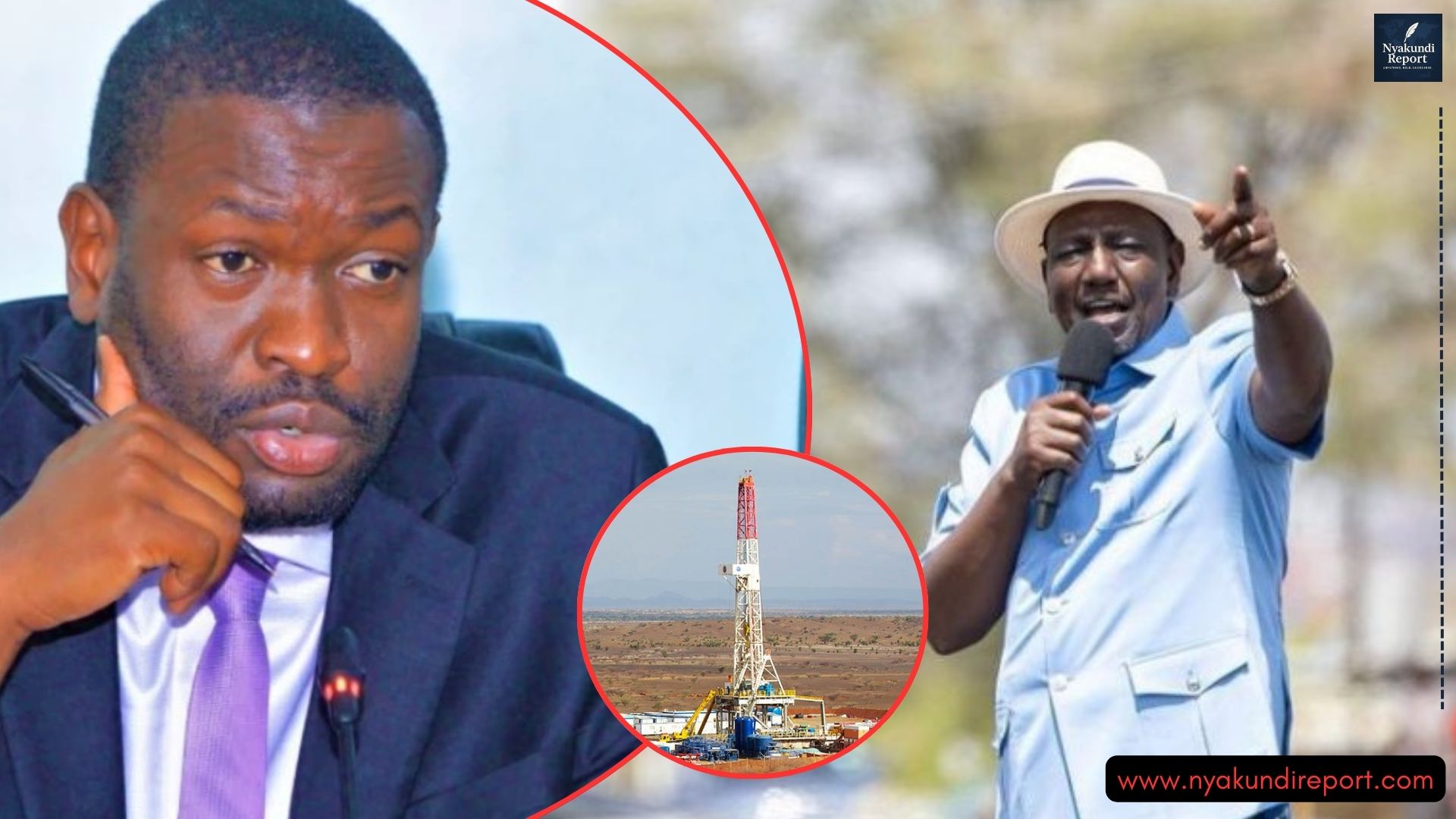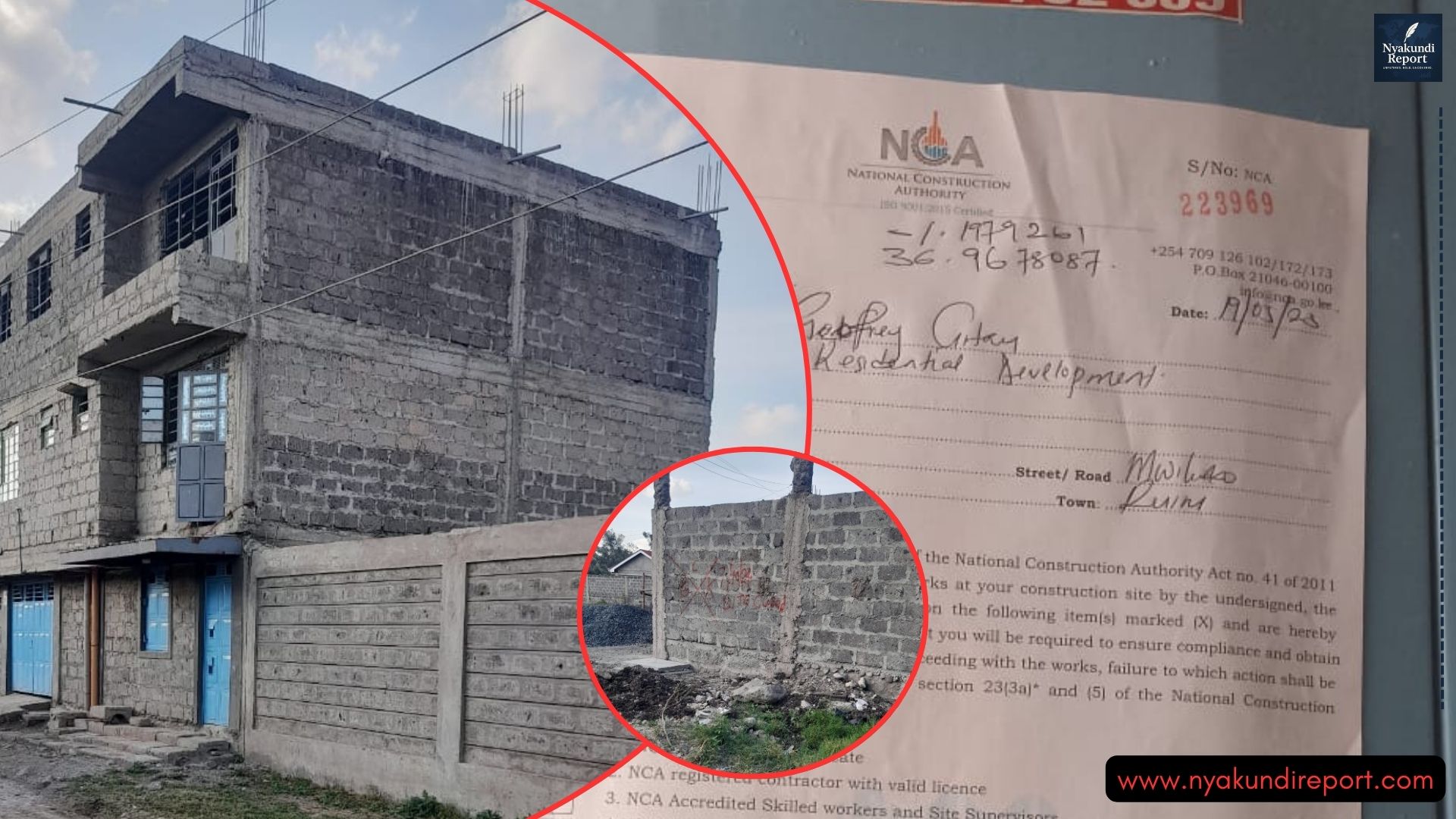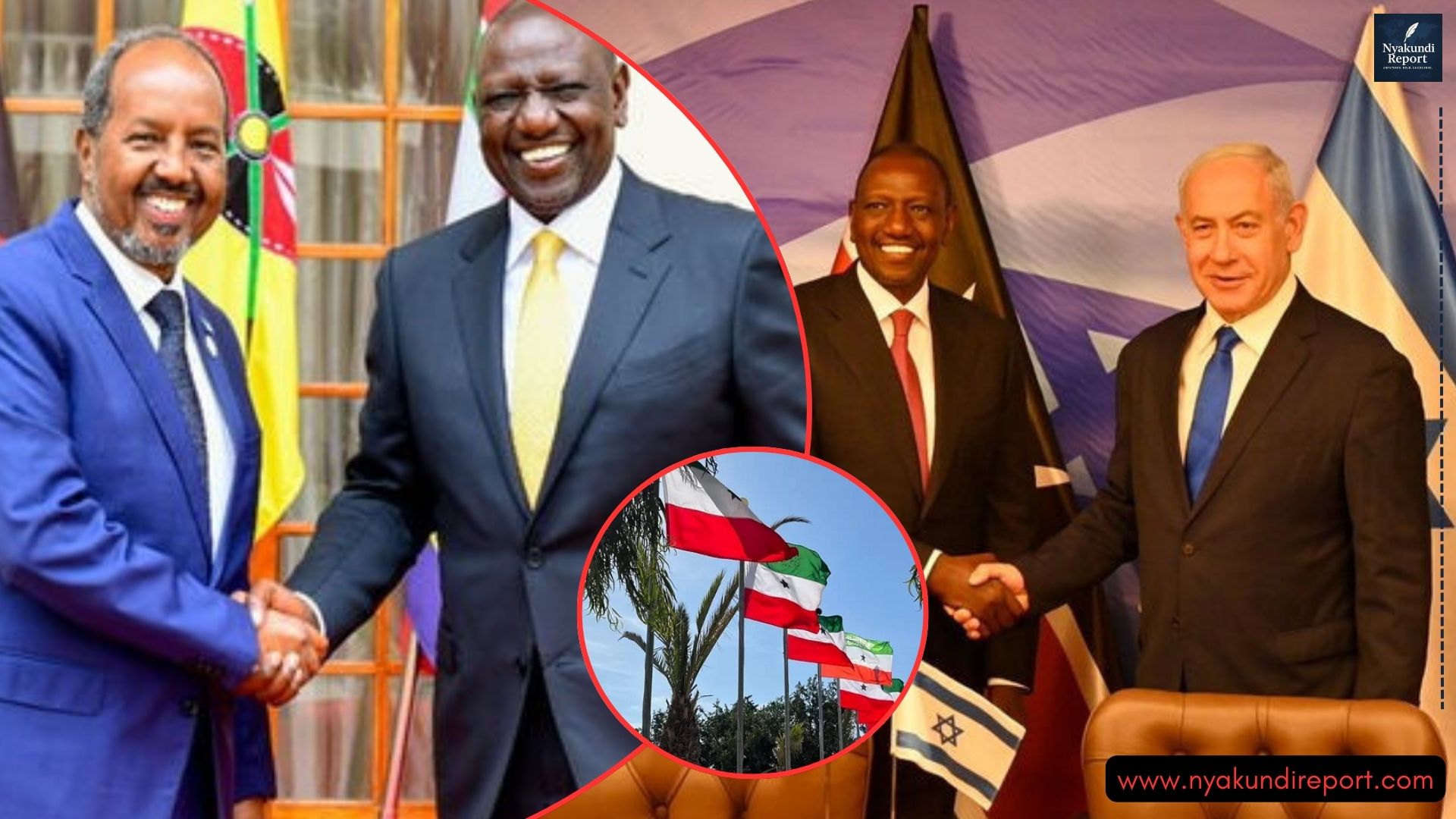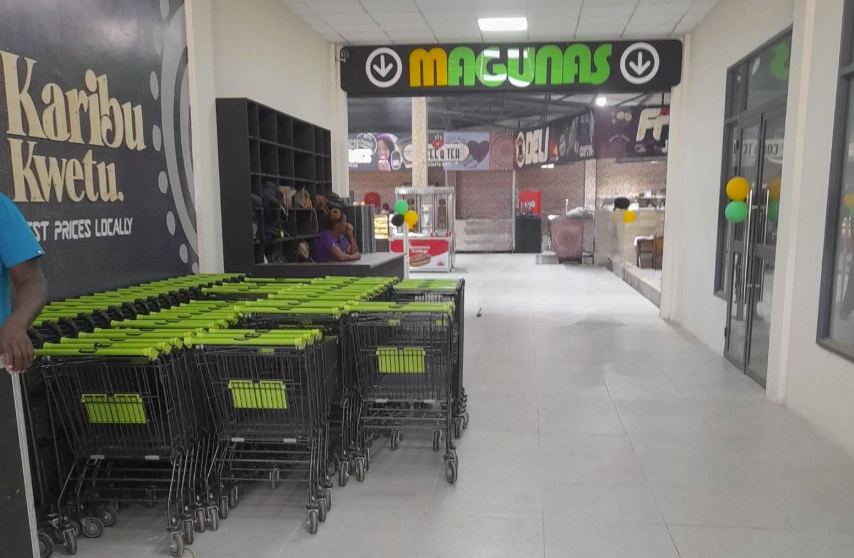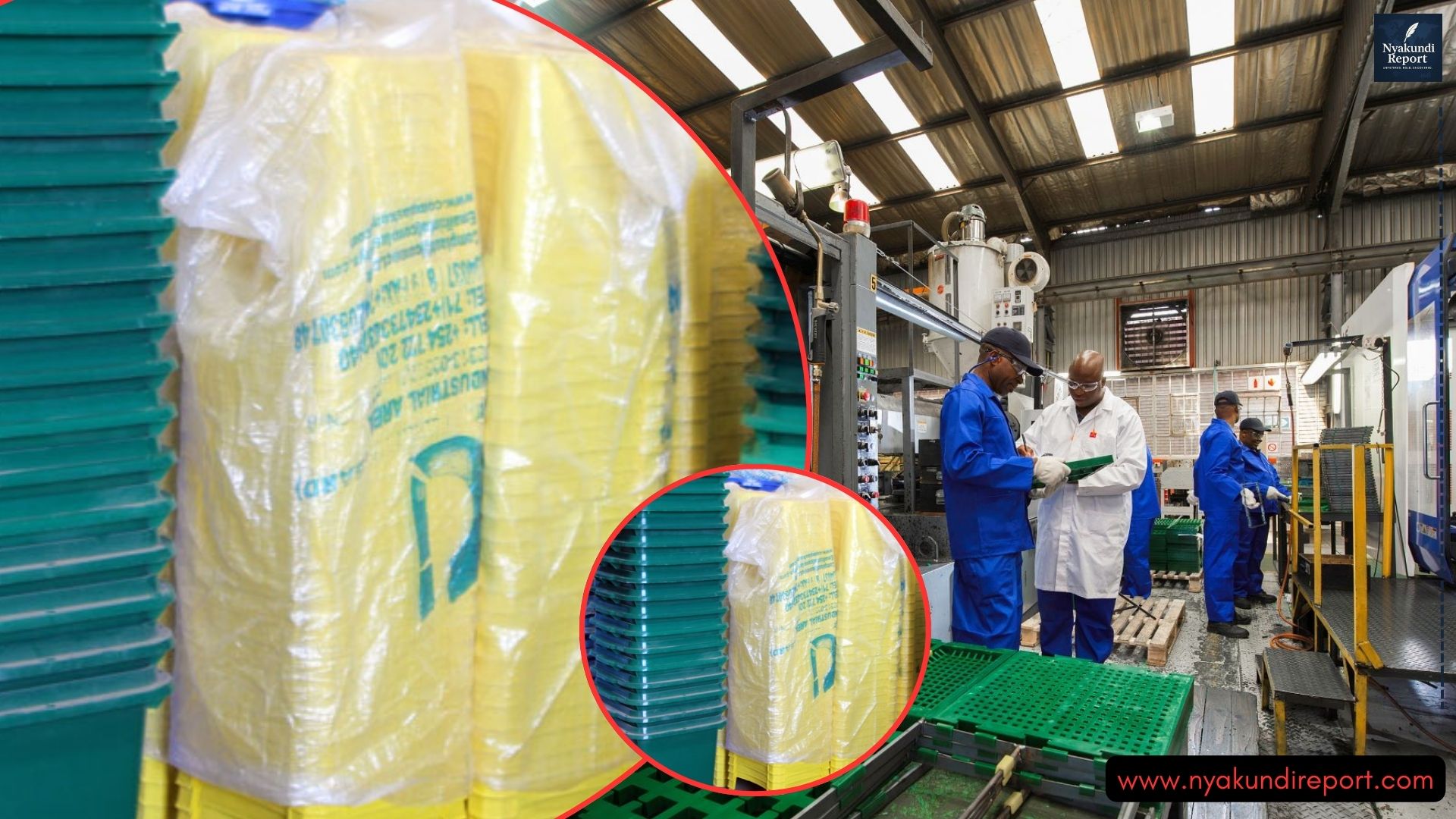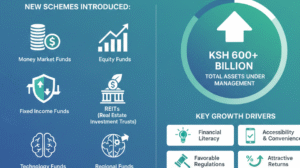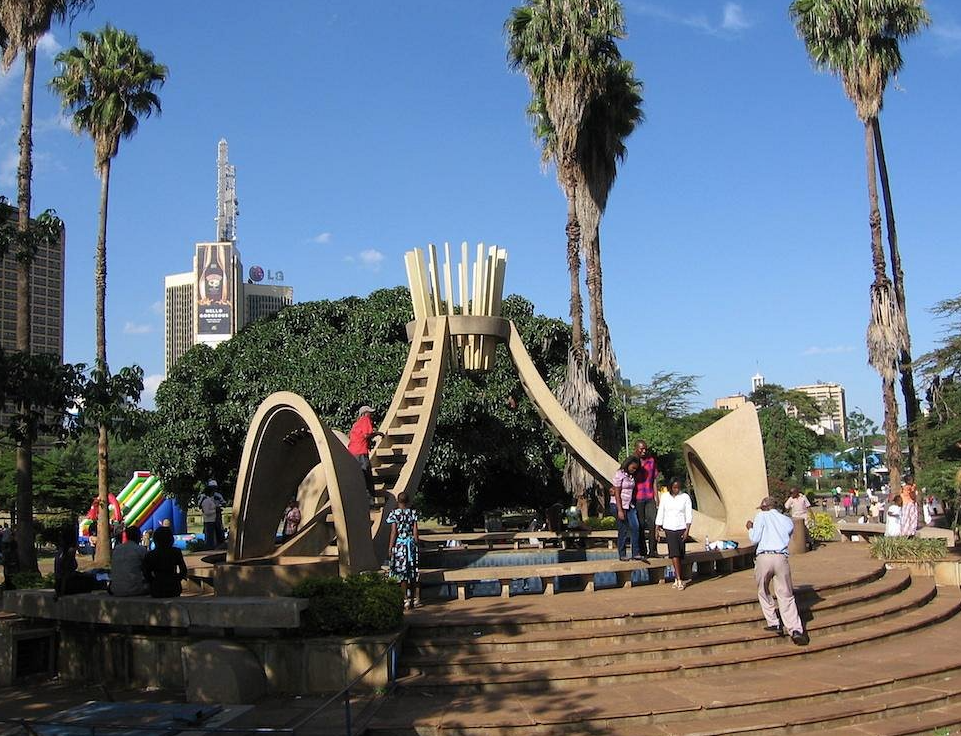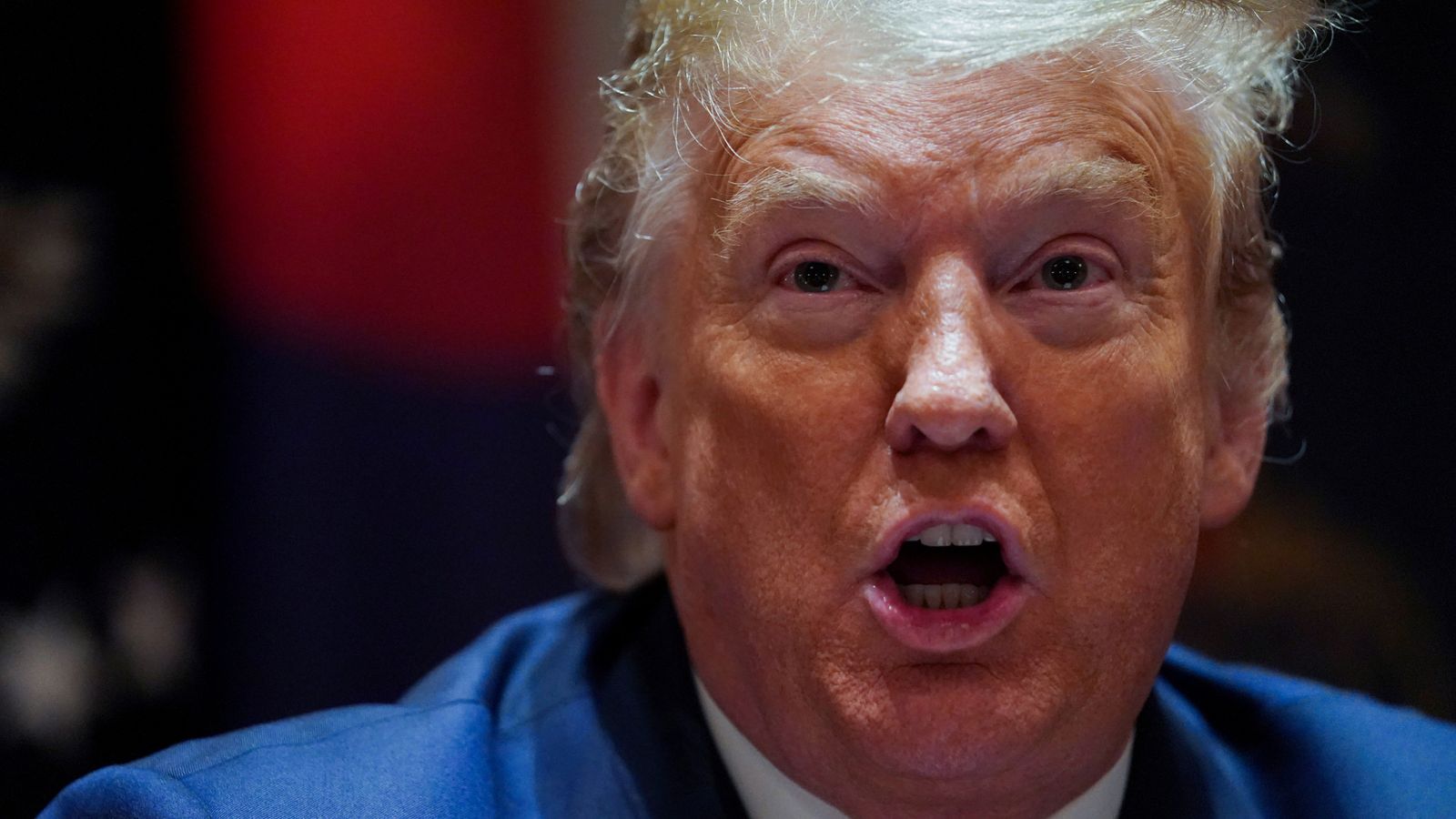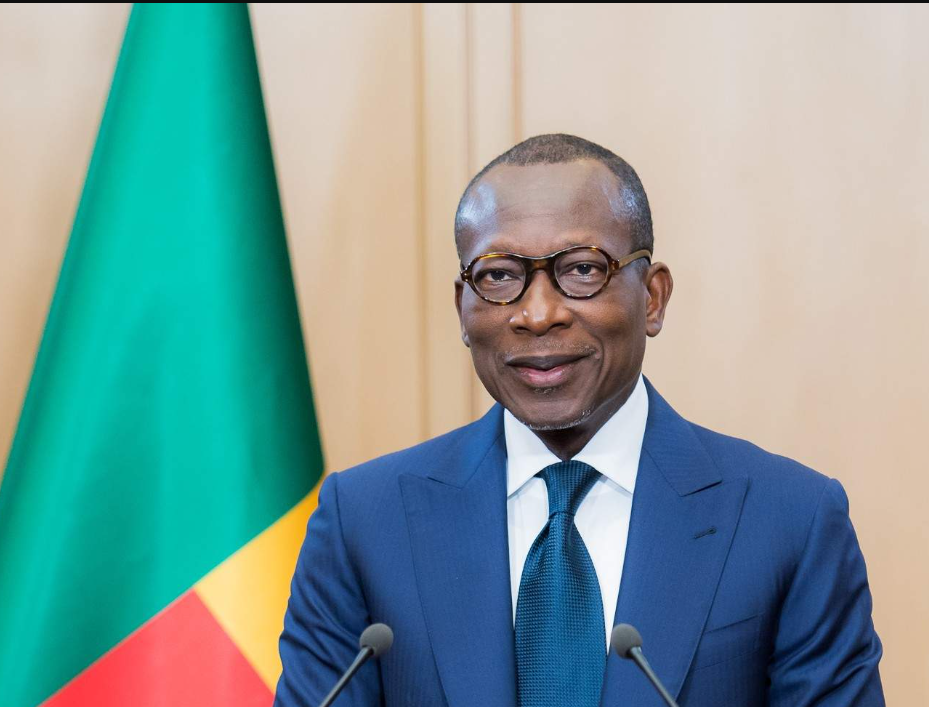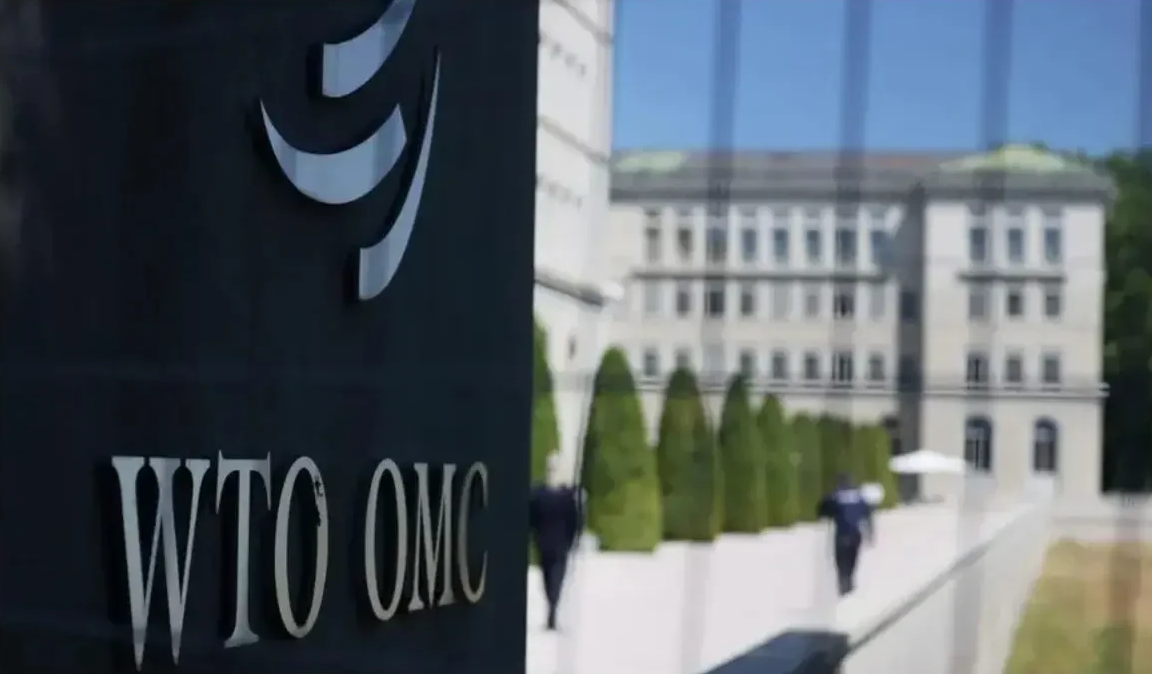EU to Impose Tariffs on Russian Fertilizers Starting July 2025
Brussels, EU – The European Union is on track to implement new tariffs on Russian and Belarusian fertilizer imports as early as July.
This move aims to curb financial flows to Moscow and boost domestic production.
While seen by some as a crucial step against Russia, the decision sparks significant concern among European farmers.
Who fear rising costs and potential food security challenges.

Deep Roots of EU Reliance
For years, Russia has been a major supplier of affordable fertilizers to the EU.
With over a quarter of the bloc’s nitrogen-based imports coming from Russia and its ally, Belarus.
This dependence has become a strategic vulnerability since the full-scale invasion of Ukraine.
As critics argue these purchases indirectly fund the Russian war effort.
The Proposed Tariff Structure
The proposed tariffs have gained backing from the European Parliament’s International Trade Committee and are expected to be approved by the full Parliament.
These new duties will be in addition to existing ones.
Initially, the tariffs will include:
- A 6.5% ad valorem duty
- €40-€45 per tonne for 2025-2026
These will gradually increase to a significant €430 per tonne by 2028.
The European Commission also intends to introduce volume-based safeguards.
This means additional tariffs could be applied if import volumes exceed certain thresholds.
Why the EU is Acting Now
The EU’s decision is driven by several key objectives:
- Cutting Off War Funding: A primary goal is to reduce Russia’s revenue streams, which are perceived as supporting its military actions in Ukraine.
- Reducing Dependency & Boosting Home Grown: The EU aims to lessen its strategic reliance on Russian and Belarusian supplies and foster increased domestic fertilizer production, strengthening its own industry and food security.
- Preventing Indirect Gas Exports: By taxing Russian fertilizers, the EU also seeks to limit the indirect export of Russian natural gas, further impacting Russia’s energy revenues.

Farmers Sound the Alarm
Despite the EU’s strategic aims, the proposed tariffs face strong opposition from farmers across the bloc.
Organizations like Copa-Cogeca, a leading European farmers’ group, warn of “potentially devastating” consequences.
Their main concerns include:
- Soaring Production Costs: Farmers anticipate a substantial rise in fertilizer prices, potentially doubling in some cases, putting immense pressure on already tight profit margins.
- Higher Food Prices: Increased agricultural input costs are likely to translate into higher food prices for consumers, fueling inflation.
- Competitive Disadvantage: European farmers worry they will be unfairly penalized, facing higher costs while competing with international rivals not subject to similar tariffs.
- Limited Alternatives: While the EU suggests diversifying suppliers, farmers point to logistical challenges and a lack of immediate, viable alternatives for specific fertilizer types.
Addressing the Impact and The Road Ahead
The European Commission acknowledges the potential for market disruption.
It has suggested measures like removing duties on imports from other non-Russian/Belarusian suppliers.
And establishing a mechanism to monitor fertilizer prices for timely intervention.
However, critics argue these measures are insufficient and that a comprehensive impact assessment should have preceded such a significant policy shift.
The debate highlights the complex balancing act the EU faces between its geopolitical ambitions and the economic realities for its crucial agricultural sector.
As the July deadline approaches, the focus remains on how these tariffs will be implemented.
In addition to their effect on the global fertilizer market, and how European farmers will navigate this new challenge amidst their ongoing struggles.
The policy’s ultimate success hinges on its ability to both impact Russian revenues and support the EU’s farmers through this transition, ensuring the continued stability of its food supply.
ALSO READ: Base Titanium Ends 11-Year Mining Operations in Kwale, Exporting Over 5.2 Million Tonnes of Ore



